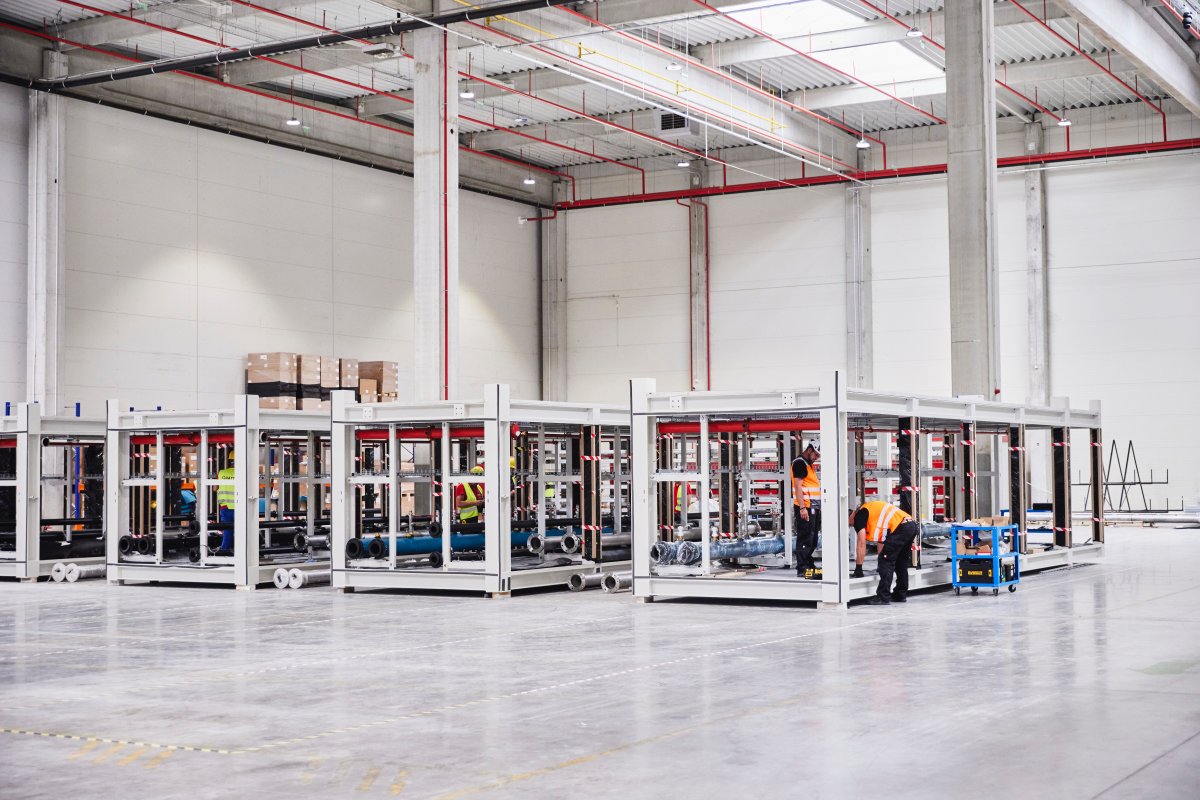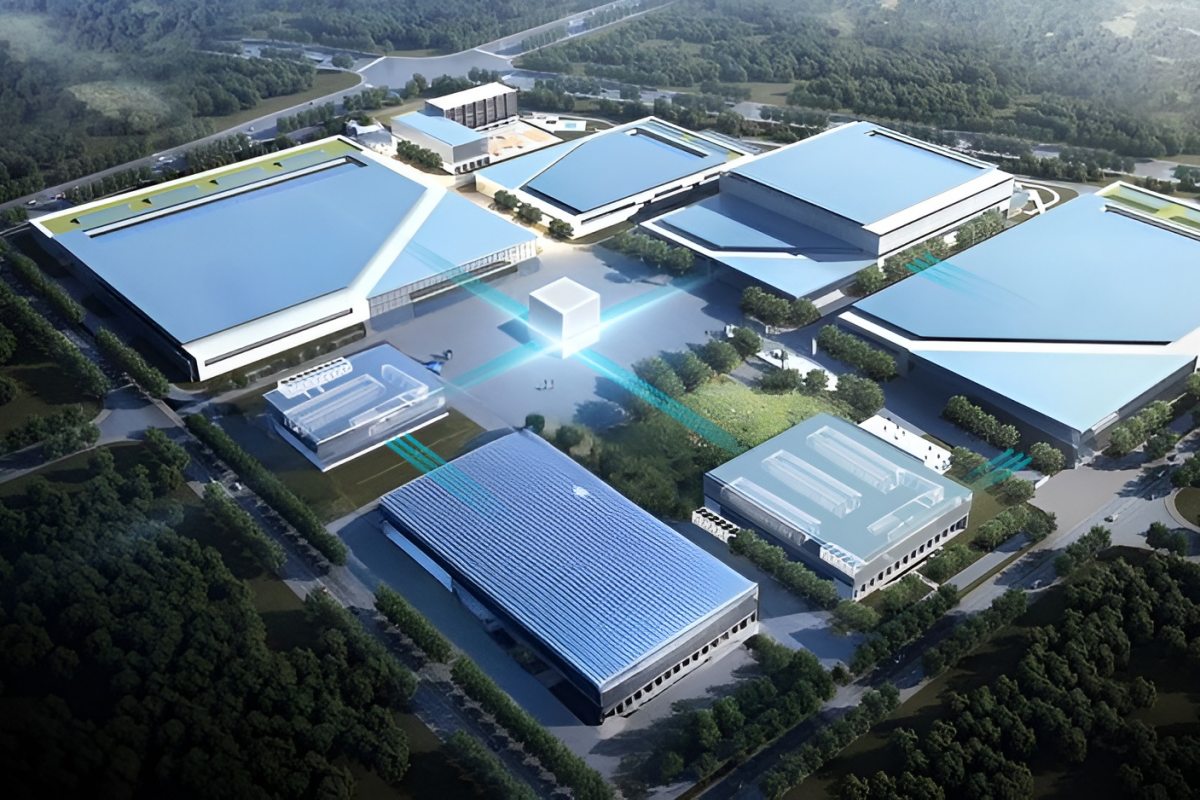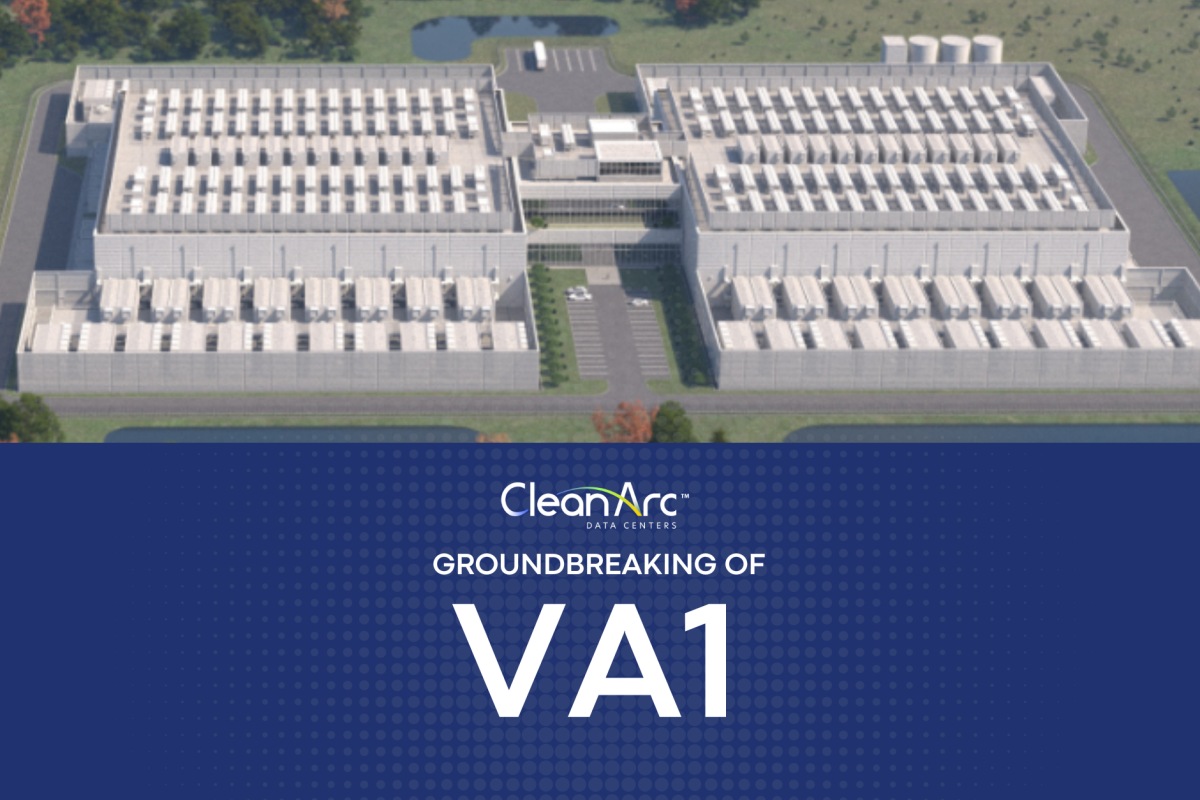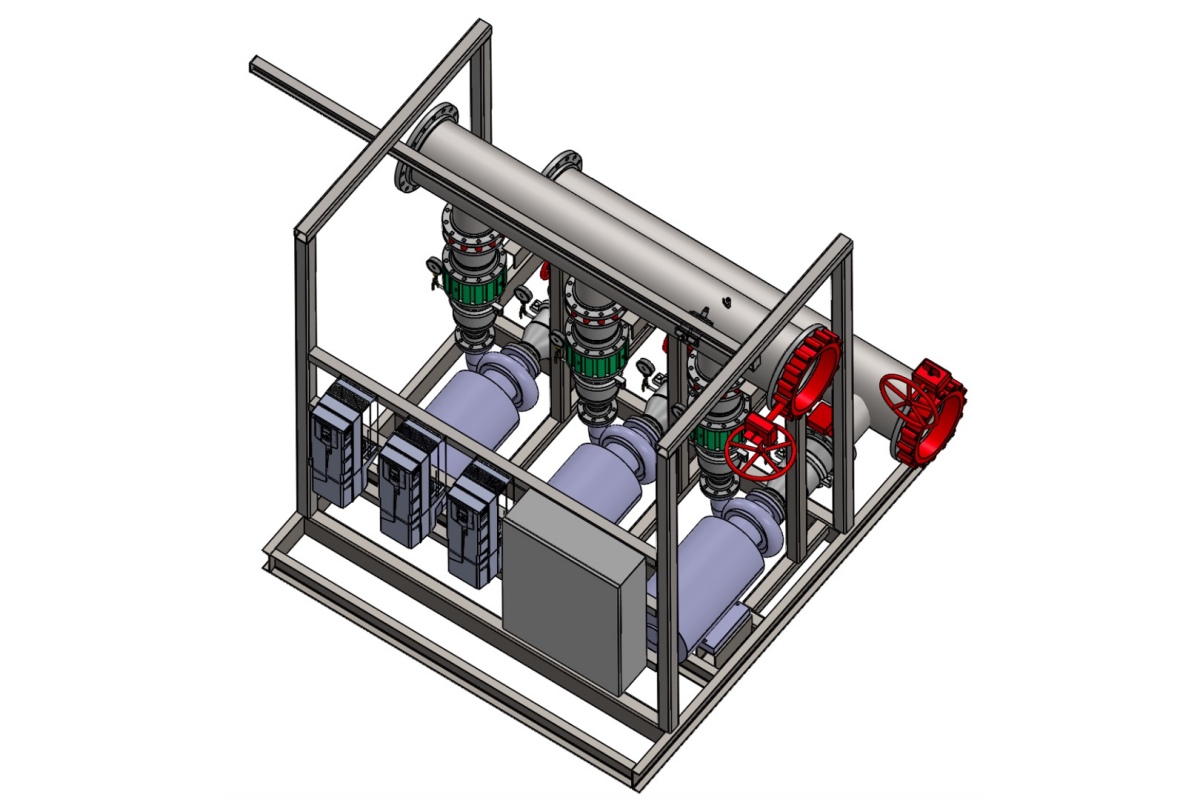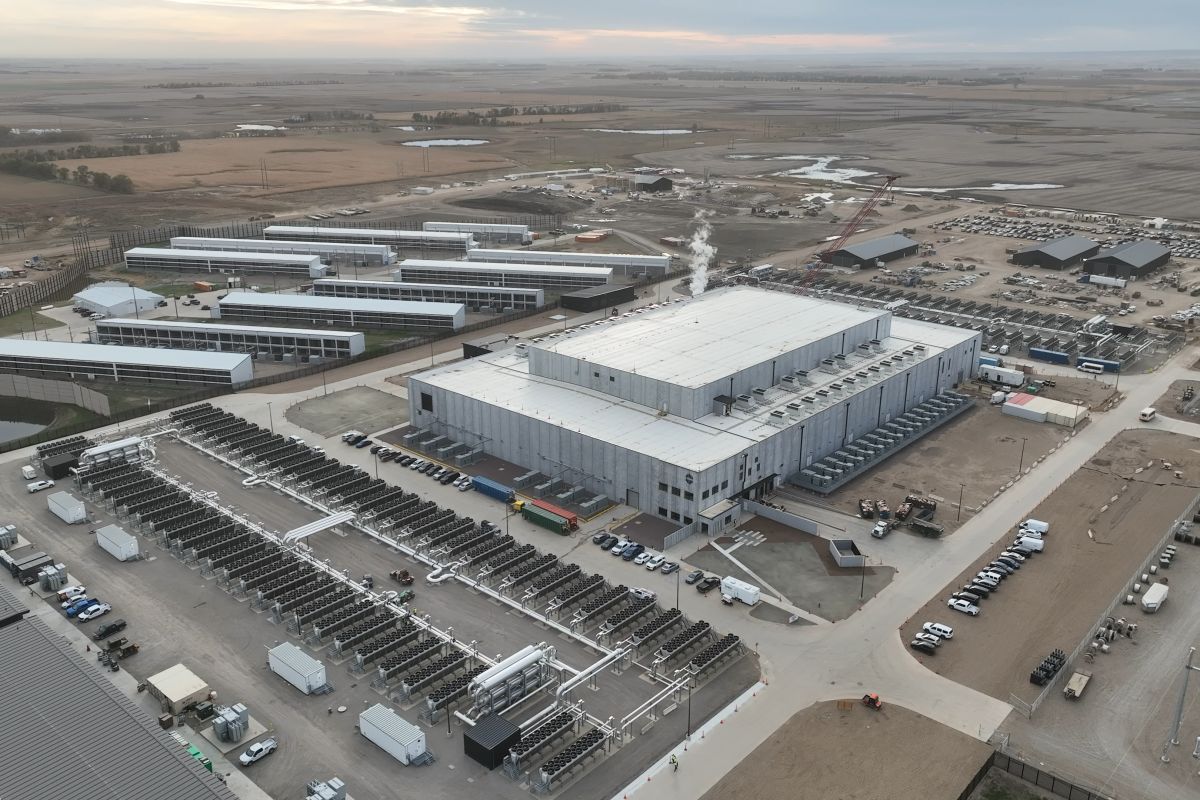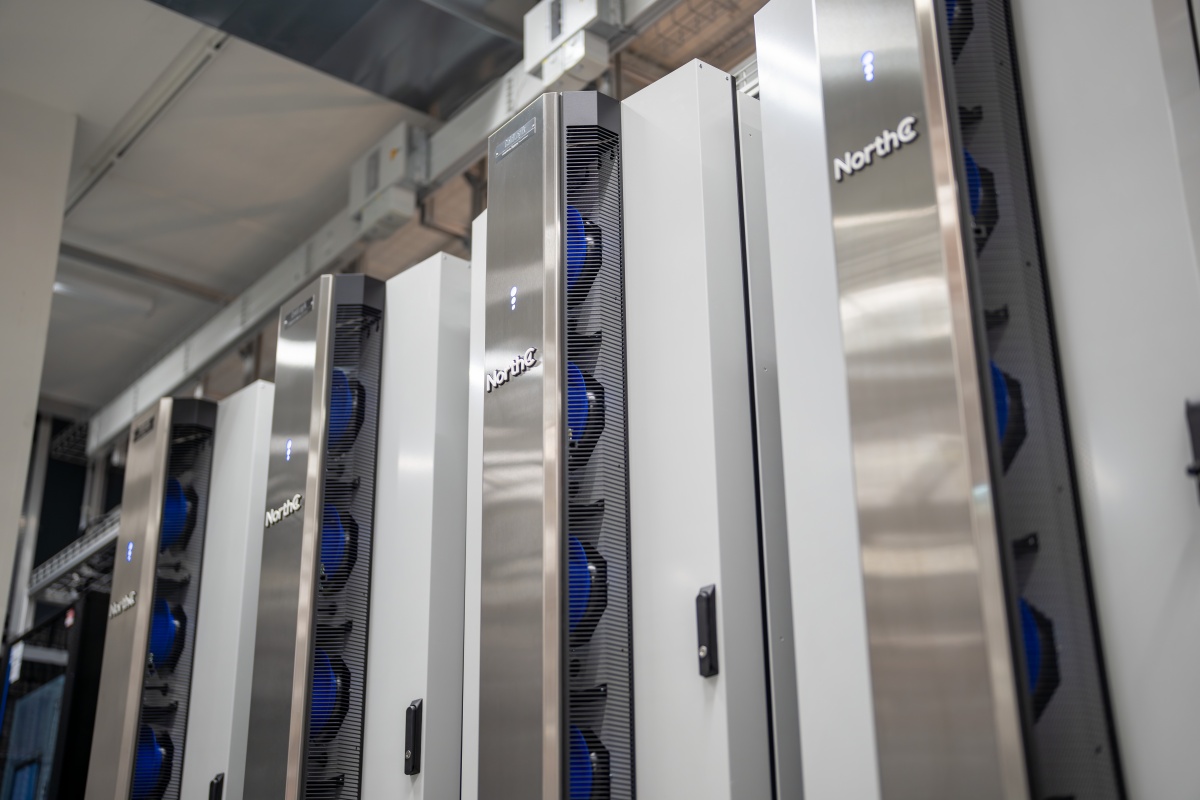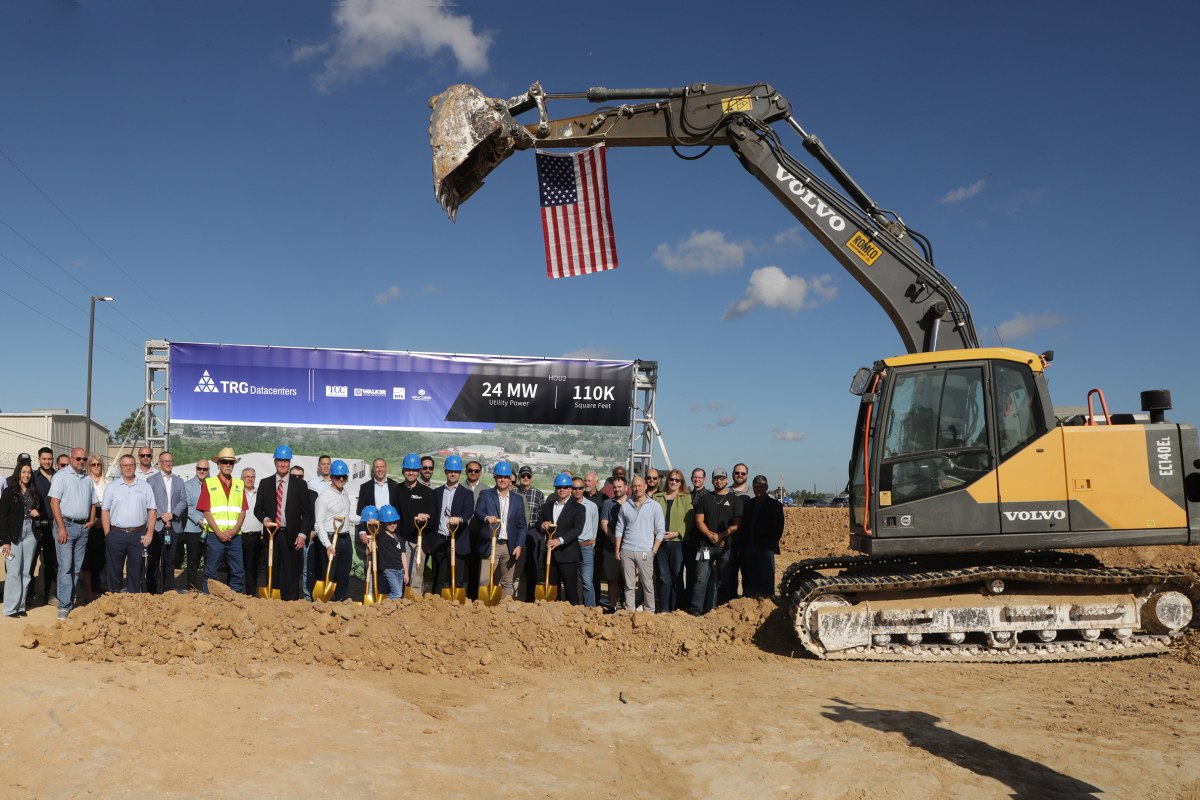27 November 2025
Pure DC secures approval for Madrid data centre
Pure DC secures approval for Madrid data centre
26 November 2025
UK Chancellor urged to use AI for economic growth
UK Chancellor urged to use AI for economic growth
25 November 2025
Vertiv launches DC power system for networks in EMEA
Vertiv launches DC power system for networks in EMEA
25 November 2025
Schneider joins OpenUSD alliance to advance digital twins
Schneider joins OpenUSD alliance to advance digital twins
Latest News
Data Centre Business News and Industry Trends
Insights into Data Centre Investment & Market Growth
News
atNorth expands team to meet AI demand
Artificial Intelligence in Data Centre Operations
Data Centre Business News and Industry Trends
Data Centre Operations: Optimising Infrastructure for Performance and Reliability
Insights into Data Centre Investment & Market Growth
UK Government unveils major AI investment package
Commercial Real Estate: Property Developments, Trends & Infrastructure
Data Centre Architecture Insights & Best Practices
Data Centre Build News & Insights
Data Centre Business News and Industry Trends
InfraPartners, JLL partner to accelerate AI DC delivery
Data Centre Build News & Insights
Data Centre Infrastructure News & Trends
Innovations in Data Center Power and Cooling Solutions
Renewables and Energy: Infrastructure Builds Driving Sustainable Power
Terra Innovatum, Uvation agree micro-modular nuclear pilot
Data Centre Build News & Insights
Data Centre Operations: Optimising Infrastructure for Performance and Reliability
Data Centre Projects: Infrastructure Builds, Innovations & Updates
Hyperscale Data Centres: Scale, Speed & Strategy
CleanArc breaks ground on 900MW Virginia hyperscale campus
Data Centre Infrastructure News & Trends
Data Centre Security: Protecting Infrastructure from Physical and Cyber Threats
Innovations in Data Center Power and Cooling Solutions
Products
Security Risk Management for Data Centre Infrastructure
SPP Pumps brings fire and cooling experience to DCs
Artificial Intelligence in Data Centre Operations
Data Centre Build News & Insights
Data Centre Operations: Optimising Infrastructure for Performance and Reliability
Data Centre Projects: Infrastructure Builds, Innovations & Updates
XYZ Reality, Applied Digital partner on 400MW campus
Data Centre Build News & Insights
Data Centre Projects: Infrastructure Builds, Innovations & Updates
News
Sustainable Infrastructure: Building Resilient, Low-Carbon Projects
Verne, Nscale planning 15MW AI deployment in the Nordics
Data Centre Build News & Insights
Data Centre Infrastructure News & Trends
Data Centre Projects: Infrastructure Builds, Innovations & Updates
Innovations in Data Center Power and Cooling Solutions
NorthC, Legrand upgrade Münchenstein (Basel) data centre
Data Centre Build News & Insights
Data Centre Projects: Infrastructure Builds, Innovations & Updates
News
TRG Datacenters breaks ground on 24 MW Houston DC



